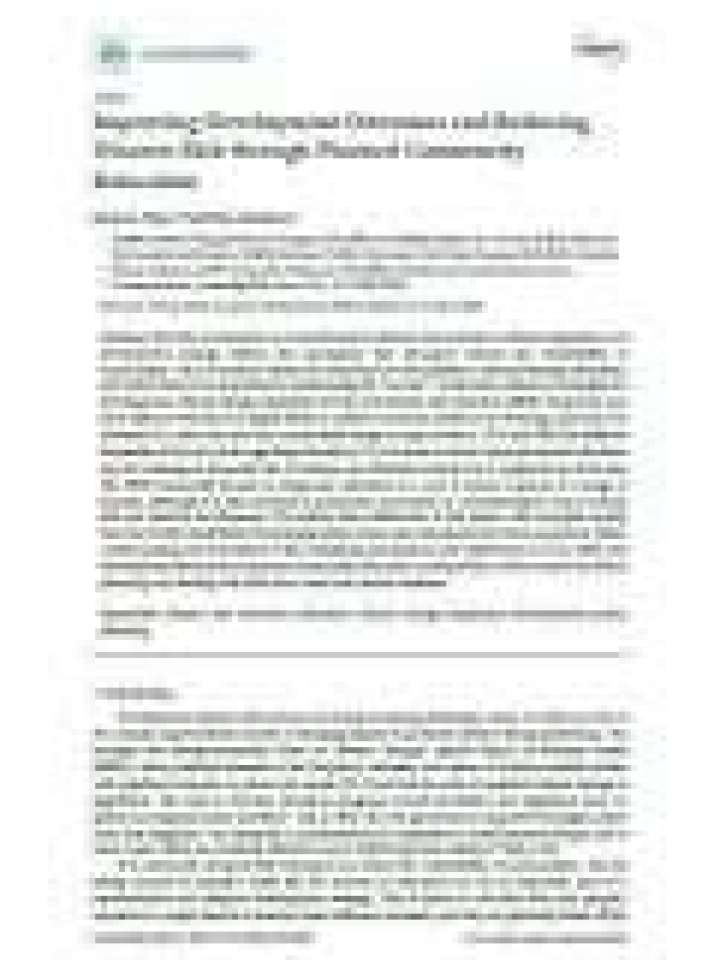Improving development outcomes and reducing disaster risk through planned community relocation
This paper explores the different approaches to planned relocation in the climate change adaptation (CCA) and disaster risk reduction (DRR) communities, with examples mainly from the Pacific Small Island Developing States where past relocations have been numerous. Better understanding and articulation of the underlying assumptions and preferences in CCA, DRR, and development discourses on planned community relocation could provide a richer context for future planning and dealing with both slow-onset and sudden disasters.
The idea of relocation as a transformative disaster risk reduction, climate adaptation, and development strategy follows the assumption that relocation reduces the vulnerability of communities. Yet, it is unclear whose and what kind of vulnerability is reduced through relocation, and which factors are important in determining the “success” of relocation efforts as strategies for development, CCA, and disaster risk reduction DRR. Temporary and short distance relocation is highly likely to achieve increased resilience by reducing exposure, but relocation to a new area and new communities brings a range of issues. CCA and DRR use different timescales and focal points regarding relocation: CCA focuses on future mass permanent relocation and the subsequent potential loss of cultures and identities mainly due to projected sea level rise. The DRR community focuses on temporary relocation as a way to reduce exposure to a range of hazards, although it is also involved in permanent movement as a transformative way to reduce risk and enhance development.
Explore further
